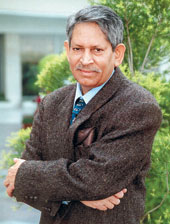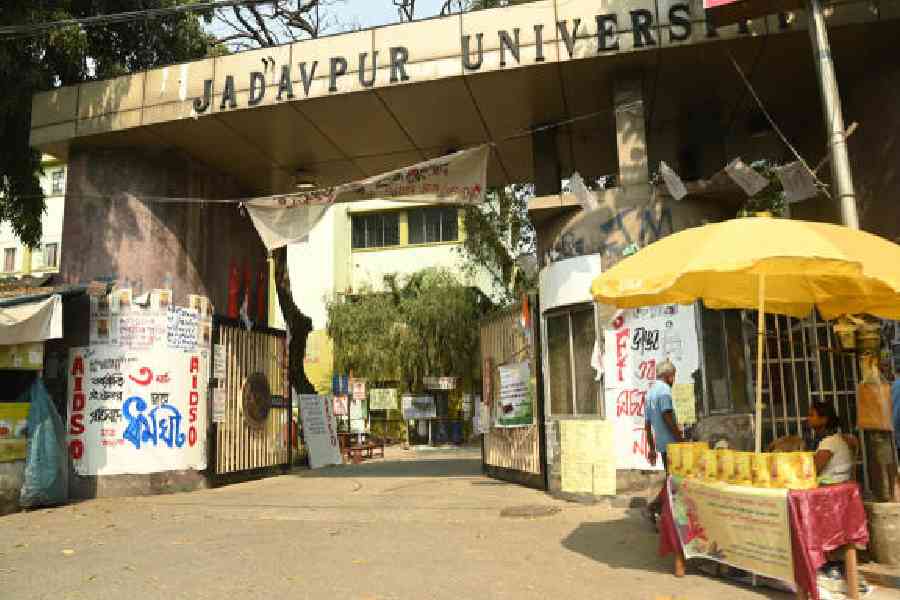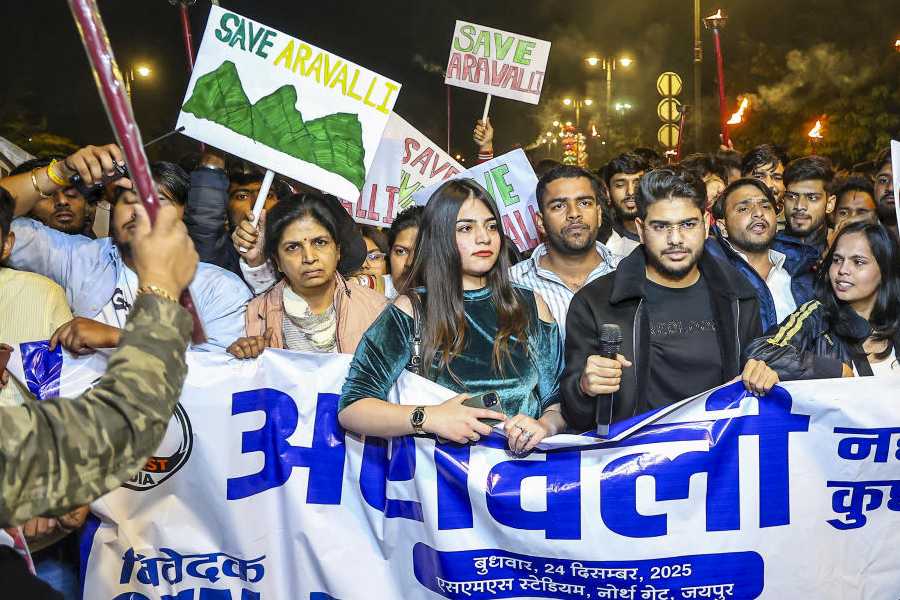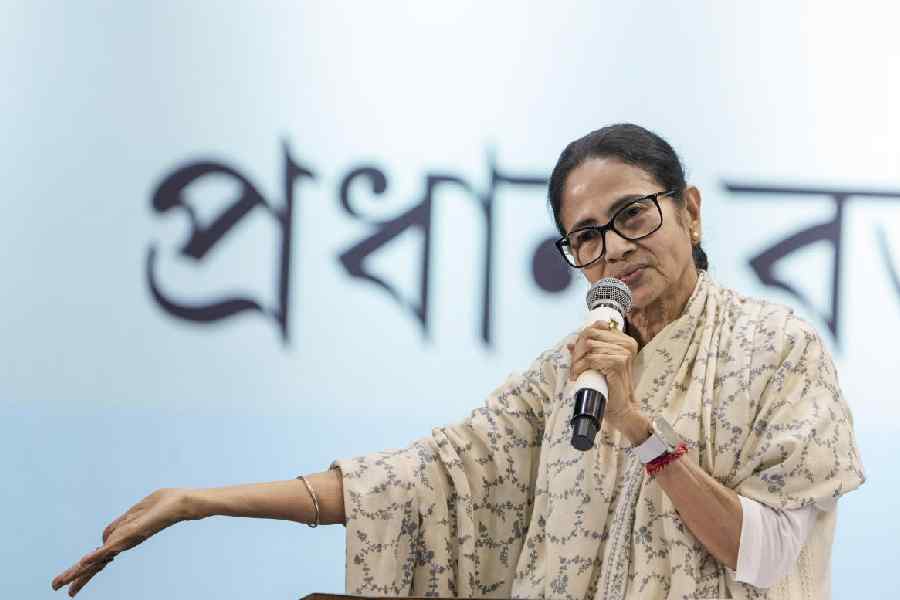 |
Is T. S. (Tad) Murty pleased that his phone is ringing off the hook and that he?s suddenly a media celebrity in India? Probably not. For years, the low-profile oceanographer warned anyone who was willing to listen that India?s coasts needed an early warning system to protect against tsunamis. Today, he?s the man of the moment, rushing from one meeting to another during a jampacked trip to Delhi.
The saddest part is that Murty, who lives in Ottawa, Canada, has had the tsunami warning blueprint ready for 15 years. Together with friend and fellow tsunami chaser Arun Bapat of Central Water and Power Research Station (CWPRS) in Pune, he had worked out the possibility of putting together a networked system with its headquarters in Vizag, Andhra Pradesh. His plans were always thwarted by one question: ?How frequent are tsunamis in India?? The fact is that till the recent disaster, only two tsunamis have washed up on the Indian coast. The biggest took place in the Bay of Bengal in August 1883 after Mount Krakatoa erupted. Another came racing through the Arabian Sea in November 1945. Says Murty, ?There was little I could do to convince a government that was more concerned about cyclones, floods and landslides.?
Murty made his last attempt to sell his warning system in October 1999. He met ?a very congenial gentleman called Dr Muthunayakam, the then secretary, ocean development? and explained that India needed it because of the high seismic activity in the region. This time, the blueprint actually got a brief mention in the Tenth Five-Year plan. Murty is quick to defend the government, ?They had no idea that it was a disaster waiting to strike. After all, we have not witnessed anything like this till now. So, the plan was put aside for lack of funds.?
This isn?t the first time that a country has paid heavily for ignoring Murty?s dire predictions In May 1994, the Australian government called in Murty for consultations about the need for a tsunami warning system. But even after he made detailed presentations, they weren?t convinced that such a system was urgently needed. On June 3, 1994, barely a few weeks after Murty had flown back, a tsunami struck the Australian coast. ?The Australians woke up after that. And now India too has woken up.?
It sure has. A tsunami warning system is now high on the government?s priority list. And Murty has a fully-worked out plan ready. He?s suggesting a UN-backed project under which all 36 nations bordering the Indian Ocean will be networked with seismographs and tidal gauges. He believes that the network should be headquartered in Vizag because of certain ?geographical advantages?.
Such a system would constantly monitor volcanic activity and earthquakes. The signals can be received a few minutes after an earthquake. After a quake, it takes about two to three hours for a tsunami to build up and hit coastal areas. ?That?s enough time to get the areas evacuated and secure as waves only go up to a maximum of 3km inland,? says Murty. He reckons India will have to invest about $30 million in the project.
Murty has been advising both the Central and state governments for years. He helped the Andhra Pradesh government to set up cyclone warning systems. Though he?s earned fame as a tsunami expert, he has studied everything from hurricanes, floods, cyclone and droughts to climate change. ?Anything that has to do with water bodies excites me. I had a special interest in working on the cyclone project in Andhra. Today, the state can predict cyclones well in advance and evacuate people in time.?
Murty?s obsession with the oceans began after a cyclone that hit Andhra in the early 1950s. After the disaster, the then prime minister Jawaharlal Nehru came to Murty?s town Guntur and highlighted the importance of scientific research that studied the causes of natural disasters. ?That inspired me to use science as a weapon to fight natural disasters,? says Murty, who was studying at Andhra University at the time. Armed with an MSc in Meteorology, Murty and a friend D V Rao (who now works in Washington) decided to research oceanography at the University of Chicago.
But the price tag of Rs 5,000 ? a huge sum in those days ? for an air-ticket almost discouraged Murty who came from a middle-class family. Then he had a brainwave. After all, he was eager to study the oceans, so what better way than to hit the high seas. Murty and Rao hitched a ride on a Greek cargo ship. ?These ships usually have a few rooms that they give away to poor students. We struck a deal for Rs 1,500,? says Murty.
The youngster from Rambhuthaplayam in Guntur district saw more of the ocean than he?d bargained for. The cargo ship went from one port to another for 47 days before it finally weighed anchor in New York. ?We had already missed several days of college. We disembarked and took the Greyhound bus to Chicago,? Murty recalls. ?But that was the best holiday I?ve ever had.?
There has been no looking back since. Today, Murty criss-crosses the globe, advising nations on sea-related natural disasters. And when he?s not chasing hurricanes and cyclones, he is building up a bank of computer models of various ocean disasters that will help future generations understand these massive water bodies.
Murty has one more warning for the Government. During one modelling effort, he came to some disturbing conclusions about the Sethusamudram project that looks to build a channel between India and Sri Lanka. He says, ?I like this project, but there is a flaw. The entrance to the channel should be re-oriented towards the eastern side. Otherwise, there is a chance that it may create a deepwater route for another devastating tsunami. This may cause huge destruction in Kerala.?
Murty?s dire warnings have been ignored in the past ? and we know the results. Maybe this time, India should sit up and listen. Carefully.











